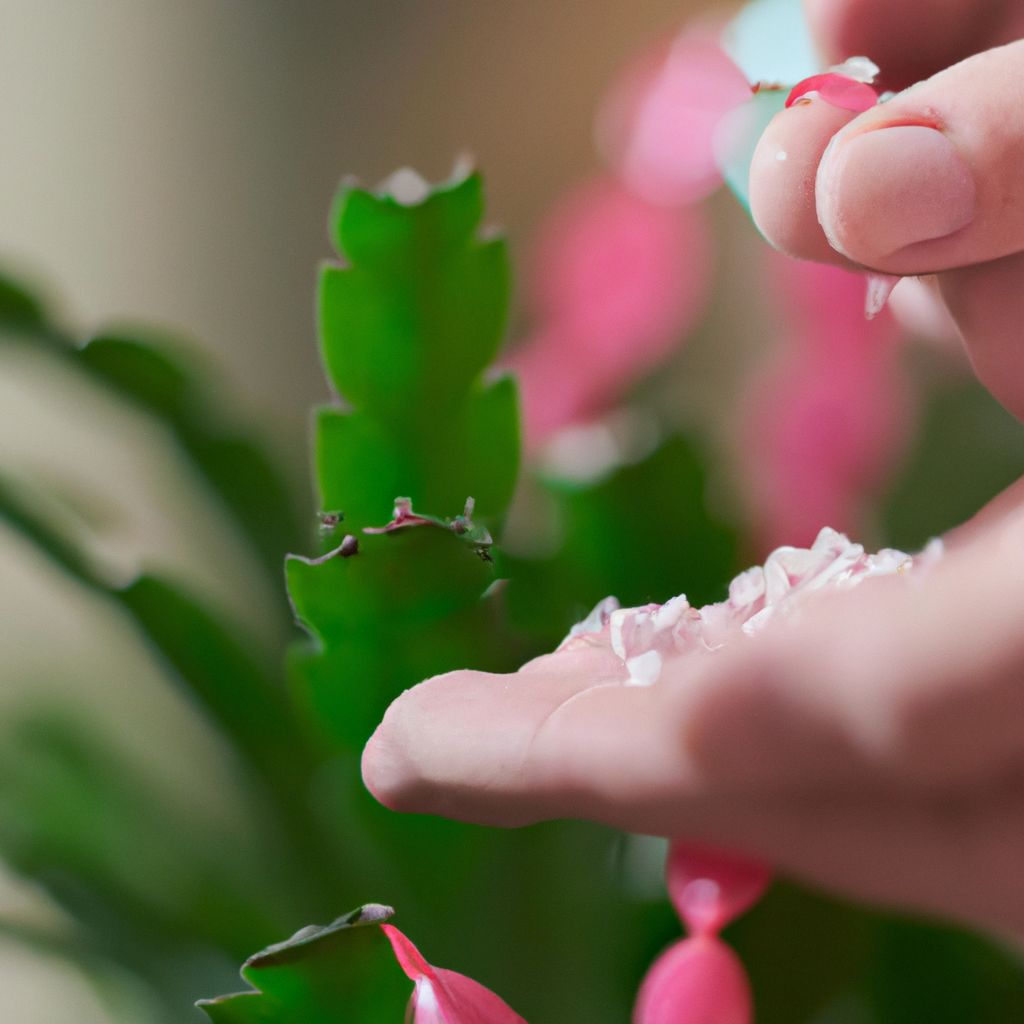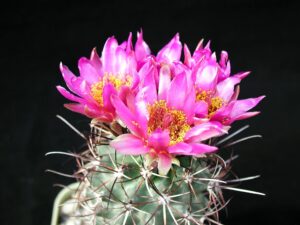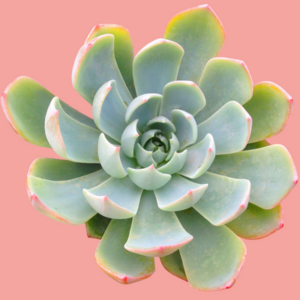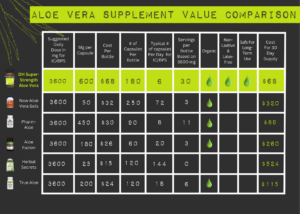Christmas cacti, with their vibrant blooms and unique growth patterns, are cherished holiday houseplants. Their ability to flourish in indoor environments makes them a popular choice among plant enthusiasts. However, to ensure healthy growth and to optimize their striking seasonal displays, understanding when and how to fertilize Christmas cacti is paramount. This guide delves into the intricate complexities of fertilization, offering essential insights that support the living artistry of these remarkable plants.
In the realm of houseplants, Christmas cacti (Schlumbergera) stand out, defying the typical expectations associated with cacti. While most cacti thrive in arid, unyielding conditions, Christmas cacti originate from the lush, humid forests of Brazil. This unique botanical background significantly influences their nutritional needs, calling for a tailored approach when it comes to fertilization. By the time winter rolls around, the anticipation of their stunning blooms looms large, but achieving this spectacle hinges on well-timed nurturing.
Understanding the seasonal rhythm of a Christmas cactus is vital to providing the right nutrients at the right time. These plants undergo a natural cycle of growth, dormancy, and blooming that is deeply intertwined with environmental cues. A good understanding of these cycles can make all the difference in ensuring a vibrant floral display come the holiday season.
Choosing the Right Time: Timing is Everything
Christmas cacti have a unique growth pattern that includes a resting phase before their blooming period. The optimal time to begin fertilizing is after the blooming cycle has concluded, usually in late winter or early spring. This period marks the transition from dormancy to growth, making it crucial for plant health.
From early spring until late summer, the cacti are actively growing. During this time, they require more sustenance. It is during this window that monthly fertilization works wonders. A well-balanced, water-soluble fertilizer with an NPK ratio of around 5-10-10 is generally preferable, as it promotes healthy root development and vibrant flowers without overwhelming the plant.
As summer wanes and temperatures start to cool, reduce the frequency of fertilization. The need for nutrients diminishes as the plant prepares for dormancy. Fertilization should be suspended entirely during the rest period in late fall, just before the buds set. This heedful approach helps to safeguard the plant’s energy, directing it towards blooming rather than unnecessary growth.
The Best Fertilization Practices: Methods and Materials
Choosing the right fertilizer is crucial for optimal growth. However, not all fertilizers are created equal. Organic options can be particularly beneficial, providing a slow release of nutrients that aligns well with the Christmas cactus’s growth pattern. Fertilizers derived from compost, seaweed, or fish emulsions supply essential micronutrients and improve soil structure, promoting healthier growth.
When fertilizing, always dilute the fertilizer according to package instructions. Over-fertilization can lead to salt buildup, which could harm the cactus’s delicate roots. It’s advisable to water the plant thoroughly before applying the fertilizer to prevent root burn.
Another technique is the ‘half-strength’ approach during the active growth phase, applying at half the recommended concentration. This not only minimizes the risk of fertilizer burn but also gradually acclimates the plant to nutrient absorption without overwhelming its system.
The Conditions that Influence Nutritional Needs
Environmental factors play a significant role when it comes to the Christmas cactus’s fertilization routine. Light, humidity, and temperature collectively influence how a plant absorbs nutrients. Ideally, these cacti prefer medium to bright indirect sunlight. Exposure to harsh direct sunlight can stress the plant, reducing its capacity to utilize the nutrients provided.
Humidity is another pivotal factor. Christmas cacti thrive in a humid environment that mimics their native habitat. Low humidity conditions can inhibit nutrient uptake, leading to stunted growth and diminished blooms. Therefore, it is advisable to maintain ambient humidity levels, either through regular misting or using a humidity tray, especially during dry winter months.
Temperature also affects the effectiveness of fertilization. Maintaining consistent temperatures between 65°F and 75°F is optimal during the growth period. Significant fluctuations can derail the plant’s ability to absorb nutrients, potentially leading to irregular growth patterns.
Final Thoughts: The Art of Patience
The journey of nurturing a Christmas cactus is one of patience and attentive observation. As the holiday season approaches, the promise of beautiful blooms can spark excitement; however, the foundation for such beauty relies heavily on understanding and implementing an effective fertilization strategy.
Ultimately, successful fertilization of a Christmas cactus is about timing, method, and mindfulness towards environmental influences. By attuning to its natural cycles and respecting its unique needs, one can cultivate a healthier plant that rewards the effort with fantastic floral displays. As each bloom unfurls, the investment of time and care translates into a flourishing bromid that enlivens the holiday spirit, reminding us of the wonders of nature.





Leave a Comment